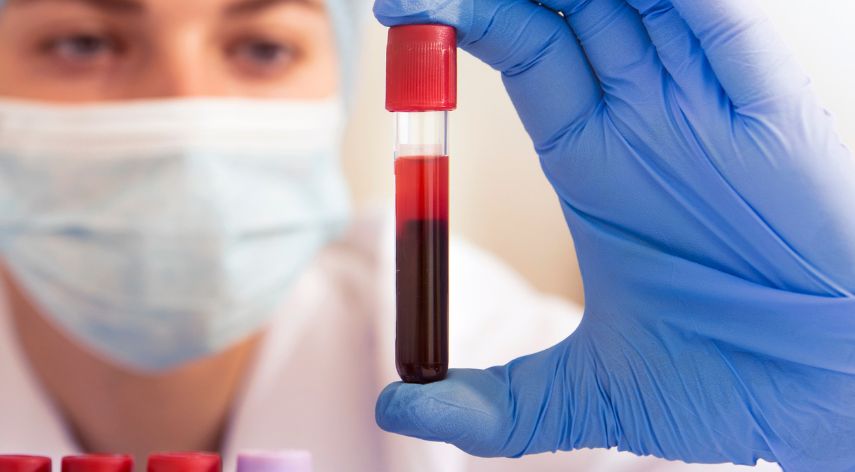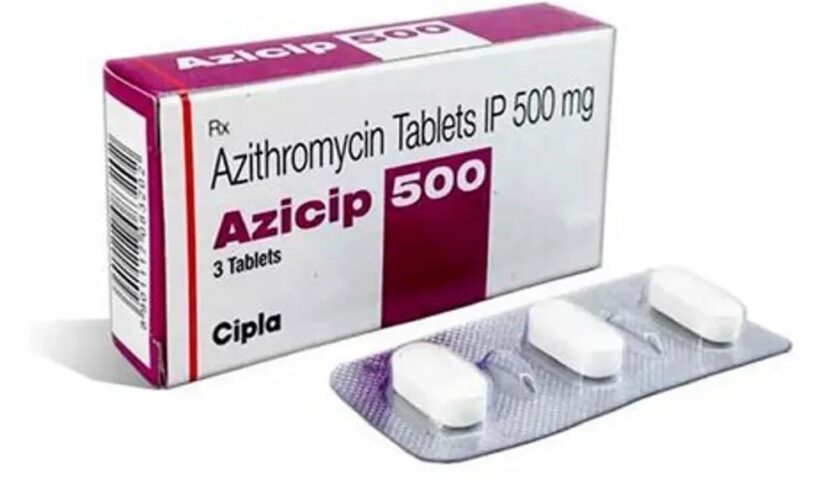A medical practitioner determines the GGT levels in a blood sample using the GGT blood test. Elevated GGT levels may be a sign of bile duct or liver disease. There may not be any liver damage if GGT is within the normal range. An alkaline phosphatase (ALP) test is one of the liver blood tests doctors typically do because a GGT test cannot identify the underlying cause of any liver issues. In addition to liver illness, another liver enzyme that doctors utilise to identify bone diseases is ALP. There are some reasons for choosing the GGT test:
- A routine physical examination or blood test
- If someone exhibits signs of liver disease
- If a patient is on a drug that may be hazardous to their liver
- Keeping an eye on the care of patients with alcohol use disorders
Procedures of the Blood Test
It should only take a few minutes to complete the exam. A little needle is inserted in the skin by the medical expert, who wraps a band around the upper arm and adequately cleans the inner elbow with an alcohol pad before beginning the test. After that, they draw blood from a little tube. The medical practitioner will remove the needle and band after the test. Additionally, they will apply pressure to the area to ensure that any bleeding stops.
The blood draw might be slightly uncomfortable, like any other blood test. This ache should subside rapidly. The sample has the label of a medical practitioner and is sent to a lab for analysis. Although the doctor could take a little longer to get and analyse the results, the lab should deliver them in a day or two.
How to Prepare for the Blood Test?
The Gamma-Glutamyl Transferase (GGT) blood test is a common liver function test that measures the level of the enzyme GGT in the blood. Elevated GGT levels may indicate liver or bile duct problems. To prepare for a GGT blood test, you can follow these general guidelines:
- Fasting: In most cases, fasting is not required for a GGT test. However, your healthcare provider may have specific instructions, so it’s essential to follow them. If fasting is necessary, you’ll typically need to avoid food and drinks for a certain period before the test (usually overnight).
- Medication Review: Inform your healthcare provider about all the medications, supplements, and herbal products you are taking. Some medications can affect GGT levels, so your healthcare provider may adjust your dosage or recommend temporary discontinuation before the test.
- Alcohol Abstinence: GGT levels can be influenced by alcohol consumption. It’s advisable to abstain from alcohol for at least 24 hours before the test to get accurate results.
- Hydration: Drink plenty of water before the test, as dehydration can affect blood test results. However, avoid excessive water intake immediately before the test, as it may dilute the blood sample.
- Inform Your Healthcare Provider: If you have any medical conditions or if you are pregnant, let your healthcare provider know. Certain medical conditions and pregnancy can affect GGT levels, and your healthcare provider will consider these factors when interpreting the results.
- Follow Instructions: Follow any specific instructions provided by your healthcare provider. They may provide guidance on when to schedule the test, any dietary restrictions, or other considerations.
Follow Normal GGT Ranges
Adults and toddlers typically have GGT levels between 0 and 30 international units per litre (IU/L)Reliable Source. The levels of GGT in newborns are considerably greater immediately after birth. A doctor has no concern about typical GGT levels. If a person’s GGT level is within normal limits, they likely do not have liver disease. The liver has the largest concentrations of GGT, but the blood and several other organs only have trace amounts.
Elevated levels of GGT in the blood suggest that the liver cells leak the enzyme into the circulation. This might imply the damaged condition of the liver or bile ducts. The degree of liver damage reflects the elevation levels of the GGT test. Although it cannot pinpoint the exact cause, high GGT levels may indicate liver damage. A person frequently requires further testing to determine why the GGT levels are excessive.
Signs and Symptoms of Liver Problems
Liver disease symptoms might vary in intensity. The following are a few signs of liver damage:
- Dark Urine
- Light-Shaded Stool
- Abdominal Pain
- Vomiting
- Nausea
- Jaundice – Eyes, Skin, Mucous Membranes
After checking the symptoms, you can consider the private blood test in London.
Causes of Liver Problems
There are various types of liver problems, but some are the reasons for liver damage:
- Congestive Heart Failure
- Pancreatitis
- Diabetes
- Cirrhosis
- Hepatitis
- Alcohol Disorder
- Medicine Side Effects
Reasons for High GGT Level
GGT levels can increase due to various reasons. A medical practitioner can request the test with the GGT test for diagnosing liver diseases. Have a look at some reasons:
- Disorder of Alcohol Usage
Those who consume alcohol often have generally greater GGT levels than those who drink occasionally or in moderation. For this reason, a physician could check GGT levels to screen for alcohol use disorder. The test can be used by physicians to track alcohol use in patients getting therapy for alcohol use disorder or chronic hepatitis.
- Bile Duct and Liver Damage
When identifying bile duct damage, GGT is a helpful marker. When there is a blockage in the bile duct, GGT levels often increase.
The test for liver enzymes is quite sensitive. In addition to measuring the levels of other liver enzymes, the GGT test is a component of a panel of tests called liver blood tests or liver panels.
Doctors also measure the levels of aspartate aminotransferase and alanine aminotransferase (ALT) in the liver. This panel of blood tests can also measure bilirubin, a waste product of the liver, and protein levels.
Side Effects and Risks of GTT Test
Dealing with blood tests is safe, so some people experience bruising the needle insertion after the blood test. You may feel a minor soreness for a short time after doing the test. Sometimes, the person may feel fainting and anxious after doing the test, which causes a blackout condition. It is essential to deal with the management of GTT tests.
People’s outlook depends on the cause of the elevation in GGT levels. The doctors can manage the underlying causes of the liver disease. You can prevent further damage from the effects of the medicines that affect your liver. You may avoid the side effects by limiting the medication.
What is the Gamma-Glutamyl Transferase Test (GGT)?
A doctor may request a blood test called the gamma-glutamyl transferase test (GGT) to evaluate liver or bile duct damage. However, GGT typically forms part of a battery of tests to aid in diagnosing certain disorders, as this test cannot identify the underlying cause. Individuals can raise GGT with the help of high-level studies. You can follow the functionalities based on the Gamma-Glutamyl Transferase Test (GGT).
Bottom Line
You can start the GGT blood test to help detect and solve liver problems. Moreover, it would help if you looked after the checkup and the follow-up to manage the issues related to your liver.





